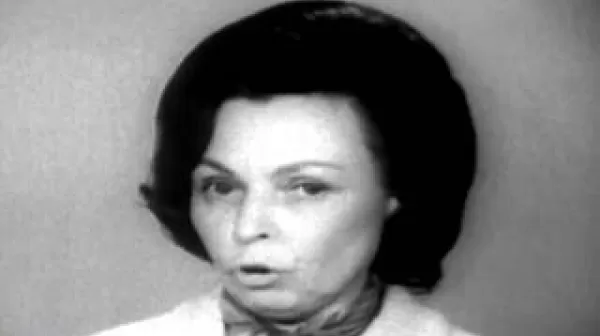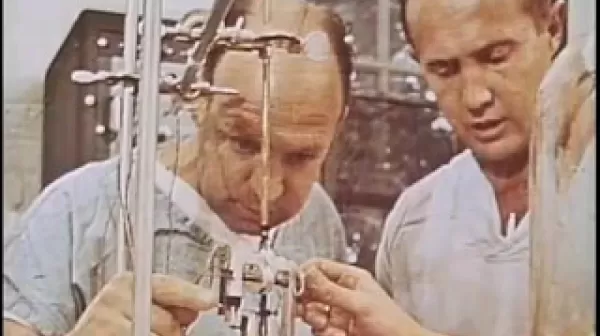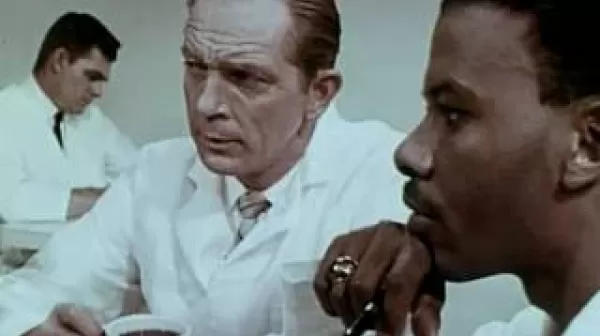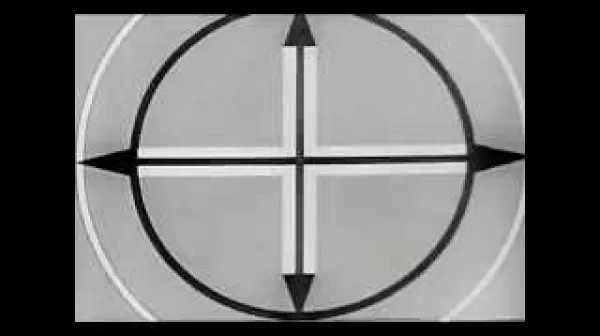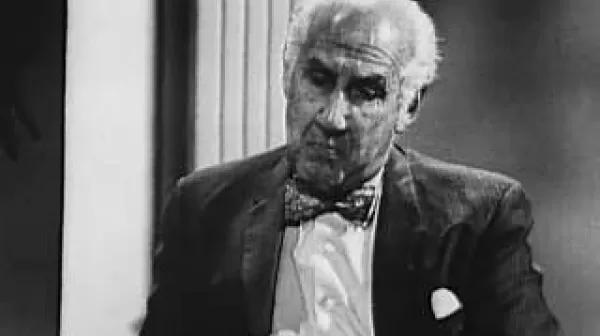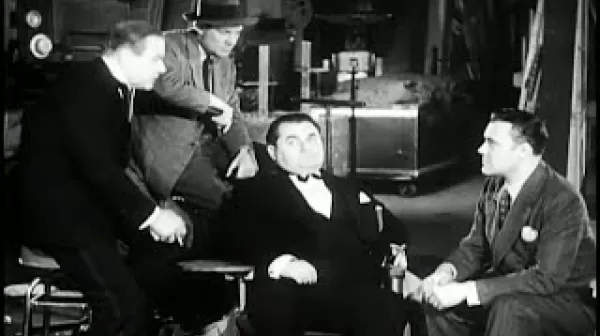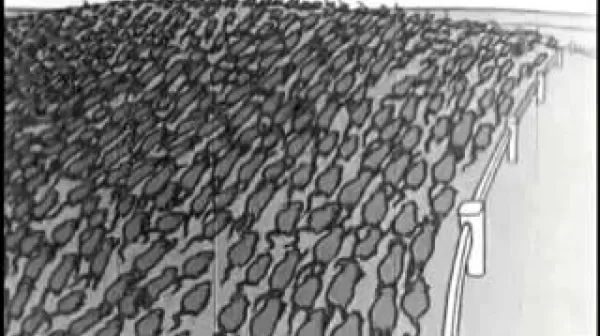Childhood Cancer: Current Outlook (USPHS; American Radium Society, 1969)
This film was created as a professional educational extension of the American Radium Society on the occasion of its 50th anniversary. The film stresses the need for multiple disciplines to work together to treat childhood cancer. The three disciplines represented on this panel discussion were: surgery, radiation therapy, and chemotherapy. Three childhood cancer cases were discussed: a 9-month old with a tumor on the right kidney, a 7-month old with a tumor in the left groin, and a 10-year-old boy with a tumor on the arm.

